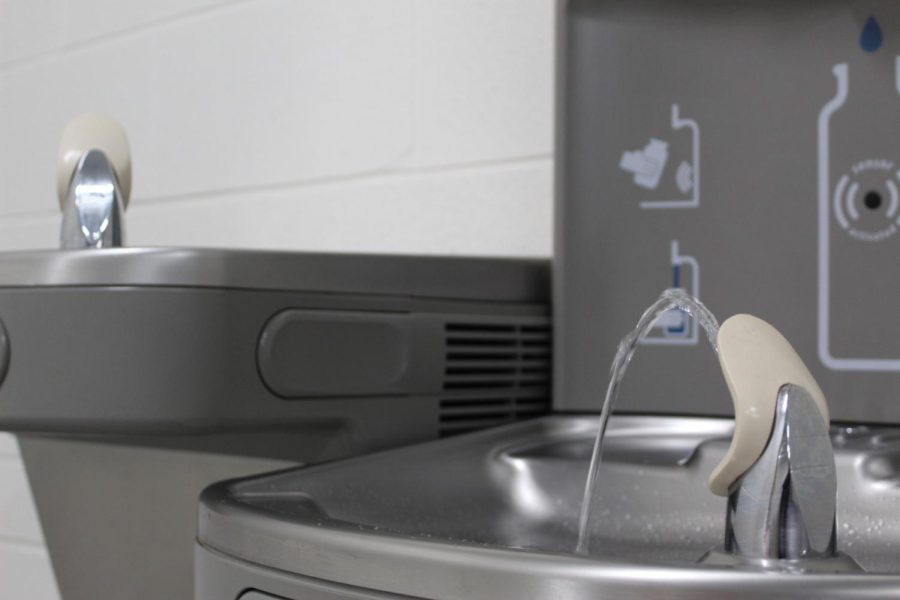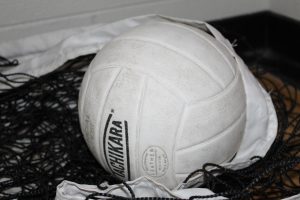Drinking water deemed ‘satisfactory’ for coliform bacteria
Official testing ordered by MCHS found no significant amounts of fecal matter in the Upper Campus water fountains
MCHS tested the fountains at the Upper Campus over spring break and found the water safe to drink and free of E. coli and coliform bacteria. This follows a scare in March when AP Environmental Science students testing the water found evidence of fecal material in their samples.
April 10, 2023
After testing MCHS’s drinking water, official results show the samples were deemed ‘satisfactory’ for coliform bacteria and that the school’s drinking water did not have significant amounts of fecal matter.
Students in Tim Beagle’s AP Environmental Science tested the water quality of the drinking fountains mid-March. When the results came back positive for fecal matter, MCHS’s Facilities Director Hugh Flack sent samples of the water to Pace Analytical for further quality testing.
“I received a phone call from Tim Beagle stating that they had tested with E coliform tests that came back positive,” Flack says, “so immediately what I did was I went and took samples from those units that tested positive.”
Billie Jean Anthony, a laboratory supervisor and water quality tester, says that water samples must be tested within eight hours of collection, as well as taking necessary steps to avoid contamination. The test results take no longer than 48 hours, though it took one week for Flack to receive the results.
“We did not expedite it when we took the sample,” Flack says. “They are basically in charge of making sure that it’s tested in a timely manner.”
The testing conducted by AP Environmental Studies students was deemed inaccurate, possibly due to improper sterile protocol or other outliers. Pace Analytical’s protocol states water must be flushed through for several minutes, and gloves must be worn when handling samples.
“It was probably some kind of cross-contamination from just simple bacteria,” says Beagle.
Many students made speculations about the quality of the drinking water after hearing about the initial AP Environmental Studies tests. It led to assumptions and rumors spreading rapidly across social media.
“Speculation, it’s a natural thing,” Beagle says. “I think we have just got to keep reminding ourselves you can’t jump to conclusions without all the information.”






















